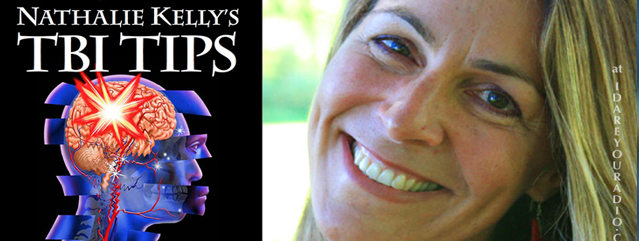Brain Injury Awareness Month

It’s March, the time of year when we begin to think about daffodils, Easter bunnies, Passover Seders, and, of course, day light savings time. The month of March reminds us to act on our thoughts, to effect change, to move forward; After all, March was named after Mars, the God of war. This doesn’t mean we should act through violence. Because Mars was also known as the God of agriculture and fertility, March is a time for new growth. How do we grow? Through awareness. So it logically follows that March has been designated as Brain Injury Awareness Month.
Every March, The Brain Injury Association of America leads the nation in observing Brain Injury Awareness Month by holding awareness campaigns. These campaigns aim to educate the public about an often misunderstood and misdiagnosed injury, including the incidences of brain injury, and ways in which we can help the injured and their families. It’s also an opportunity to work with communities on how to empower brain injury survivors without stigmatization.
To help you understand a little about brain injuries, here are some facts from the Brain Injury Association of America to get you started:
More than 2.5 million people in the U.S. sustain a TBI each year.
137 people die each day due to a TBI.
Most TBIs are due to falls.
5.3 million Americans live with disabilities as a result of a TBI.
Acquired brain injury (ABI) is an injury to the brain that is not congenital, hereditary, degenerative, or caused by birth trauma. Examples of causes include: electric shock, infections, near drowning, strokes, and tumors.
A TBI is a subset of ABI and is caused by trauma from an external source such as a bullet wound, falls, or car accidents.
To learn more about brain injuries, including the latest research, legislative briefs, and the social stigmas attached to having a brain injury, I encourage you read more by clicking on the following links:
Differences between boys’ and girls’ brains
Inosine treatment for brain injuries may help motor function recovery
Scientists take big steps toward being able to repair brain injuries
To Share or Not to Share: Life after a Brain Injury
Marginalization of people with brain injuries
Read More

 This past Saturday, at least fifteen thousand people marched through downtown Montpelier, Vermont, in the name of women’s rights, human rights, compassion, unity, and equality. I was among the thousands who sloshed through mud puddles and climbed over snow banks, each one of us determined to stamp out hatred and bigotry.
This past Saturday, at least fifteen thousand people marched through downtown Montpelier, Vermont, in the name of women’s rights, human rights, compassion, unity, and equality. I was among the thousands who sloshed through mud puddles and climbed over snow banks, each one of us determined to stamp out hatred and bigotry.


Recent Comments